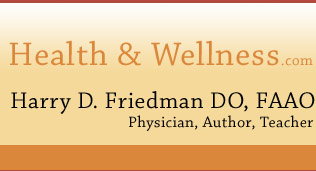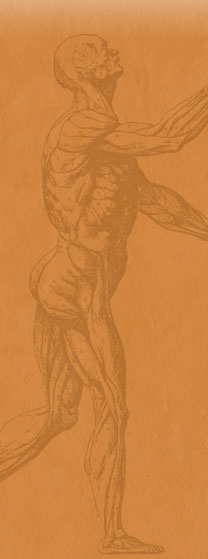Principles of Osteopathic Assessment: Musculoskeletal evaluation must consider the weightbearing function at play during specific activities in a specific individual and at a particular moment in time. All weightbearing activities share a basic fundamental relation to gait function that serves as a useful common starting point for evaluation. The osteopathic evaluation of gait assesses both the dynamic interplay of components making up the gait cycle and the overall unity of body movement. Regional observation of body symmetry identifies both structural and functional components that influence gait. Position and relative lack or excess of movement is noted from head to toe comparing left to right, front to back, and top to bottom. Areas of altered structure or function are recorded and compared with a similar assessment repeated after osteopathic intervention.
Assessment of whole body function during gait requires a different focus on the entire body moving through space. This can be accomplished by using peripheral vision to look at the space surrounding the body as it participates in ambulatory movement. What draws attention are areas of relative absence of motion and their associated substituted or compensatory movements. Complex whole body patterns of movement and counter movement can often be appreciated in three-dimensional spiraling pathways that connect seemingly /related areas of the body. These connections and areas of hypo- and hypermobility are noted.
Regional testing of dynamic body movement can also be conducted assessing both structural and functional symmetry. Regional movements are performed observing for proper muscle firing sequencing and the balance of agonist and antagonist muscles. Altered movement patterns contribute to uneven weightbearing mechanics, proprioceptive dysfunction, impaired coordination and reflexes, increased energy demand, increased metabolic waste products and eventually degenerative diseases and chronic pain syndromes.
Observation of weightbearing during specific activities requires a thorough knowledge of the normal weightbearing movements required by any given activity. Evaluation of coordinated muscle function and reflexes can be accomplished through assessment of whole body and regional movements. Regional motion testing in the osteopathic approach focuses on areas of relative decreased mobility and compensatory areas of increased mobility. The osteopathic approach only begins with these observations and generally emphasizes segmental disturbances that interfere with regional participation of whole body movement and which disturb proprioceptive feedback function. For example, a rib dysfunction may interfere with a person’s normal arm motion which might interfere with the hand-eye coordination necessary to hit or catch a ball. Identification and subsequent treatment of this rib dysfunction would reestablish more optimal afferent feedback information and enhance hand-eye coordination.
Once an area of regional dysfunction or decreased mobility has been identified, segmental evaluation of that disturbance is performed. This involves identifying the exact location of altered tissue texture and tension as well as characterizing the altered rotary and/or translatory motion characteristics at this identified segment. Additionally, areas of regional hypomobility are evaluated for tension reflected in the passive connective tissue space that connects and supports the active neuromuscular elements. Connective tissues respond to dynamic stress and strain by reorganizing to accommodate and balance forces that influence proprioceptive and neuromuscular control mechanisms. This reorganization involves collagen and reticular fibers which proliferate causing increased stiffness in what is essentially a colloid-fluid matrix. Optimal function of connective tissue requires a relative predominance of its fluid properties over its more solid tensile properties. Dynamic fluid properties are subsequently compromised in areas of dysfunction causing a relative turbulence and loss of vitality in these tissues. Such connective tissue deformation is characterized by three-dimensional shortening and thickening and is perceived as a palpable tension and twist of myofascial structures. Responding to both initial and ongoing stress from postural strain and traumatic injury, connective tissue deformation easily compromises neurovascular and musculoskeletal structures and their associated functions. There is associated compromise of cellular and immune elements which normally require a relative fluid predominance in the sol/gel matrix. Palpation of these subtle fluid and tissue disturbances requires highly developed psychomotor skills that necessitate time and practice to master.
With most weightbearing activities, the importance of the lower extremity and lumbopelvic mechanism cannot be overstated. Disturbances in this mechanism can result from primary dysfunctions of either or both. With the passage of time, secondary compensatory disturbances will become stronger and more symptomatic due to persistence of the altered feedback mechanisms and changes in the connective tissue. However, it is also almost universally true that when the primary disturbances are located and resolved, the associated compensatory neuromuscular and myofascial dysfunctions begin to resolve spontaneously. This point underlies the importance of reflex and compensatory changes between specific areas of dysfunction and more distant seemingly /related areas.



